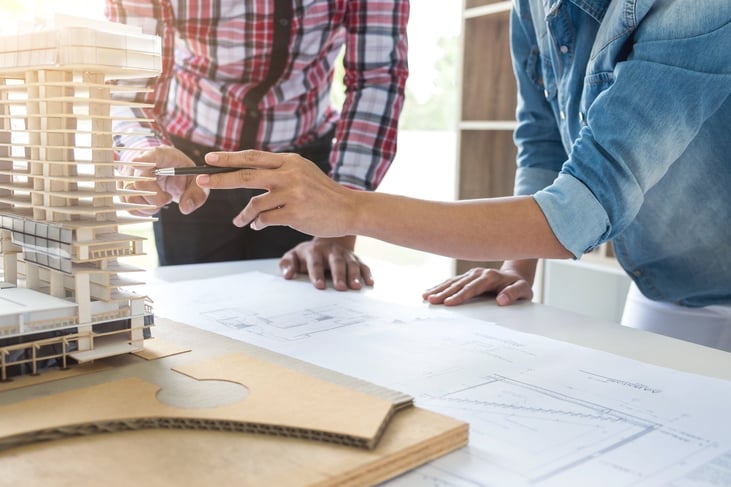
5 Easy Math Engagement Strategies for the Classroom
The news headlines are daunting. Math scores are down. School districts are scrambling to turn things around. And...
Marissa Alonzo | Published January 12, 2018

Buildings, bridges, roads, and other infrastructure all share one key component— individuals who specialized in engineering worked on all of them. Engineering is a branch of science and technology that specifically concerns the design, construction, and use of engines, machines, and structures. Students come into contact or view these structures every day, but do they know how they came to be, or know abut the basic engineering concepts that put them there? Now more than ever, schoolrooms have evolved into 21st century classrooms— settings that use advanced technology and new teaching methods— and teachers are looking for more effective and engaging ways to teach engineering concepts.
Approaches to teaching engineering concepts
Teaching engineering concepts within a STEM curriculum involves a range of objectives: to demonstrate how something works, why it works, and how it works, and to show real-world examples of the basic scientific principles of engineering. In several of the STEMscopes curriculums, for instance, this is done through project-based learning activities within a lesson flow or "scope". These activities stimulate student inquiry by providing real-world scenarios where students can follow the engineering design process—effectively helping them build, demonstrate, and explain what they have learned.
In addition to these types of activities, students can further explore and explain engineering concepts through claims-evidence-reasoning, in alignment to their grade-level. Engineering concepts can be taught at any grade-level, and should be purposely aligned for full student comprehension. For example, Early Explorer, a PreK and early learning curriculum in the STEMscopes suite, touches on basic engineering concepts through a center within the station-based lesson.
Leveraging technology
The 21st century classroom utilizes technology to enhance STEM learning. With various videos, songs, and games, students can understand engineering concepts well past the lesson. Student inquiry can be activated in a classroom, or outside of a classroom, with the addition of technology; it is now, more than ever, easier to educate students of various backgrounds and levels of understanding.
As the century progresses, 21st century classrooms will need to keep lessons aligned to the continuous evolution of technology and STEM education. With the use of technology and lesson tools like PBLs, teachers will be able to provide students of all ages with additional avenues for learning basic scientific principles such as engineering concepts, thus preparing them for their own futures.
Learn about Dive-In Engineering

The news headlines are daunting. Math scores are down. School districts are scrambling to turn things around. And...

Math assessment in California is changing. What used to be a compliance exercise or reporting tool is now becoming a...

You know the moment: a student’s eyes light up when the science experiment fizzes or the math puzzle helps them...